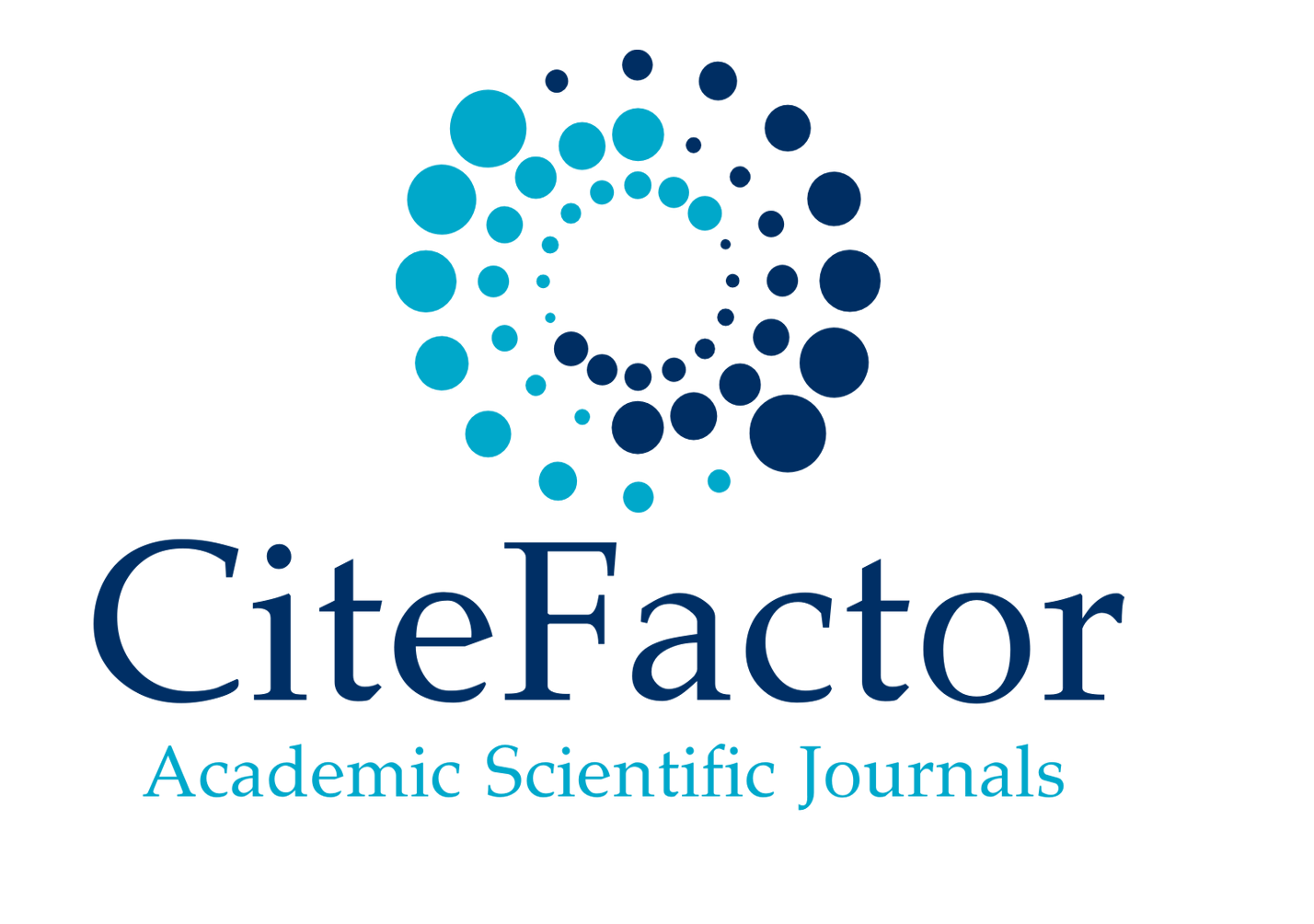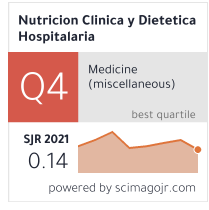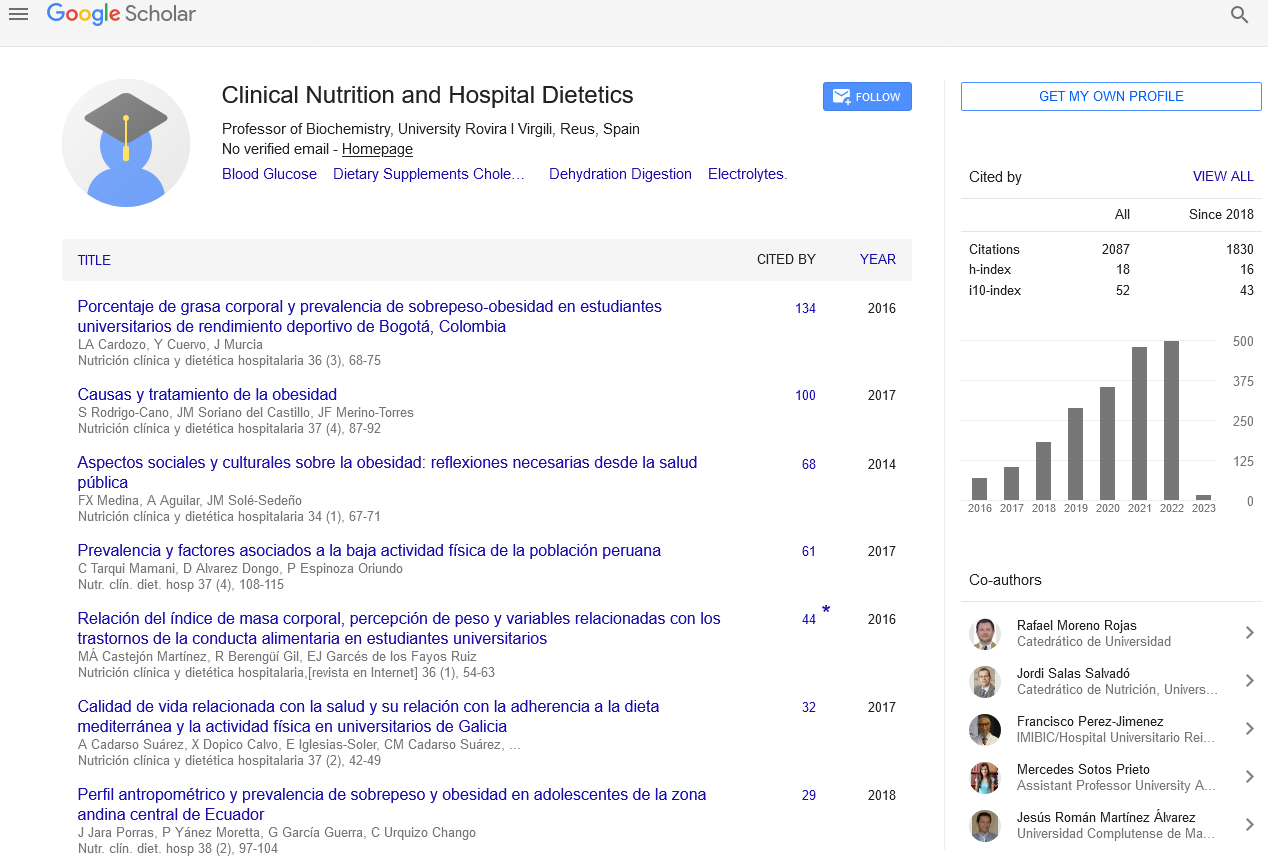Abstract
Serum homocysteine and cysteine levels and associated factors in children and adolescents
Author(s): Costa, Priscila Ribas de Farias1,2; Kinra, Sanjay3; D
Introduction: Studies have identified high serum homocysteine (Hcy) and cysteine (Cys) levels as risk factor for cardiovascular diseases, important cause of death in all world. The factors associated with high levels of these biochemistry markers in adults are well known; however, data are sparse on these associations in the pediatric age group.
Objective: the objective was to identify factors associated with different concentrations of serum Hcy and Cys in children and adolescents.
Methods: a cross-sectional study with 483 individuals of 7- 15 years of age of both sexes, from a municipality of Bahia. Serum Hcy and Cys levels were considered outcome variables, with exposure being evaluated according to sociodemographic, clinical, biochemical and lifestyle variables. Polytomous logistic regression was used to evaluate the association between exposure and outcome.
Results: high serum Hcy levels were associated with being male (PR=3.74; p<0.01), age ≥12 years (PR=2.56; p<0.01), being overweight (PR=2.32; p=0.02), high blood pressure (PR=1.97; p<0.01), low HDL-c levels (PR=1.21; p=0.03), high triglyceride levels (PR=1.62; p=0.03) and poor intake of foods that protect against hyperhomocysteinemia (PR=1.46; p=0.02). High serum Cys levels were associated with age ≥12 years (PR=2.1; p=0.03), being overweight (PR=2.52; p=0.03); high blood pressure (PR=1.28; p=0.03), low HDL-c levels (PR=1.15; p=0.01), high triglyceride levels (PR=1.41; p=0.02) and poor intake of foods that protect against hypercysteinemia (PR=1.46; p=0.01).
Conclusions: age >12 years, being overweight, high blood pressure, low HDL-c levels, high triglyceride levels and poor intake of protective foods are common factors found in individuals with increased serum Hcy and Cys levels. Being male was associated with high serum Hcy levels alone. Considering that these factors are already present early in life, measures should be adopted to prevent and control high Hcy and Cys levels, promoting health and preventing chronic non-communicable diseases at this stage of life.
Google Scholar citation report
Citations : 2439
Clinical Nutrition and Hospital Dietetics received 2439 citations as per google scholar report
Indexed In
- Google Scholar
- Open J Gate
- Genamics JournalSeek
- Academic Keys
- JournalTOCs
- ResearchBible
- SCOPUS
- Ulrich's Periodicals Directory
- Access to Global Online Research in Agriculture (AGORA)
- Electronic Journals Library
- RefSeek
- Hamdard University
- EBSCO A-Z
- OCLC- WorldCat
- SWB online catalog
- Virtual Library of Biology (vifabio)
- Publons
- MIAR
- Geneva Foundation for Medical Education and Research
- Euro Pub
- Web of Science
Journal Highlights
- Blood Glucose
- Dietary Supplements
- Cholesterol, Dehydration
- Digestion
- Electrolytes
- Clinical Nutrition Studies
- energy balance
- Diet quality
- Clinical Nutrition and Hospital Dietetics




